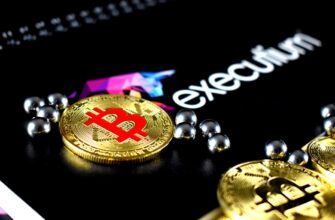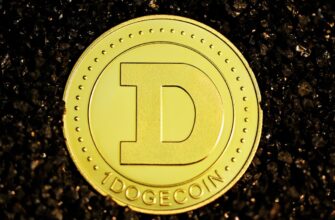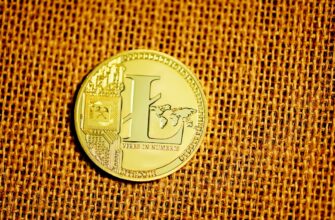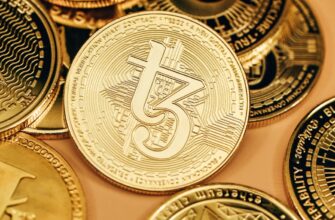What Is an Ethereum EIP?
An Ethereum Improvement Proposal (EIP) is a formal document outlining proposed changes or enhancements to the Ethereum blockchain. Modeled after Bitcoin’s BIPs (Bitcoin Improvement Proposals), EIPs serve as the primary mechanism for introducing new features, optimizing protocols, or addressing network challenges. EIP-1, the foundational document, establishes guidelines for creating and managing proposals, ensuring a structured and collaborative approach to Ethereum’s evolution.
The Importance of EIPs in Ethereum’s Development
EIPs are critical to Ethereum’s decentralized governance. They enable developers, researchers, and community members to propose upgrades that improve scalability, security, and functionality. For example, EIP-1559 revolutionized Ethereum’s fee market by introducing a base fee mechanism, reducing transaction unpredictability. Without EIPs, Ethereum would lack a transparent process for innovation, hindering its ability to adapt to user needs and technological advancements.
Types of Ethereum Improvement Proposals
- Core EIPs: Protocol-level changes requiring network consensus (e.g., EIP-3675 for Ethereum’s transition to Proof-of-Stake).
- Networking EIPs: Enhancements to peer-to-peer communication or data synchronization.
- Interface EIPs: Improvements to user-facing standards like APIs or wallet interfaces.
- ERC Standards: Application-layer standards such as ERC-20 (tokens) and ERC-721 (NFTs), defined under the EIP framework.
The Lifecycle of an Ethereum EIP
- Draft: The proposal is submitted to the Ethereum GitHub repository for initial feedback.
- Review: Developers and stakeholders assess technical feasibility and impact.
- Last Call: Final revisions before a decision is made.
- Final: Approved EIPs are implemented in scheduled network upgrades.
- Stagnant/Withdrawn: Proposals that are abandoned or deemed unworkable.
Notable EIPs That Shaped Ethereum
- EIP-1559: Overhauled transaction fees, burning ETH to reduce inflation.
- EIP-20: Standardized token creation (ERC-20), fueling the DeFi boom.
- EIP-721: Introduced NFTs via the ERC-721 standard.
- EIP-3675: Enabled Ethereum’s shift to eco-friendly Proof-of-Stake.
How to Participate in the EIP Process
Contributors can join Ethereum’s GitHub repository to draft proposals, review existing EIPs, or participate in community forums like Ethereum Magicians. Technical expertise isn’t mandatory—thoughtful feedback on usability or economics is equally valuable.
Ethereum EIP FAQ
Q: What’s the difference between an EIP and an ERC?
A: ERCs (Ethereum Request for Comments) are a subset of EIPs focused on application standards, like tokens or NFTs.
Q: How long does an EIP take to implement?
A: It varies. Minor changes may take months; major upgrades (e.g., The Merge) can take years of testing.
Q: Can anyone propose an EIP?
A: Yes! Ethereum encourages open participation, but proposals must meet technical and formatting standards.
Q: How do I track active EIPs?
A: Monitor the official EIP GitHub repository or Ethereum Foundation announcements.
Q: Are there risks to implementing EIPs?
A: Poorly vetted proposals could introduce vulnerabilities, emphasizing the need for rigorous peer review.







